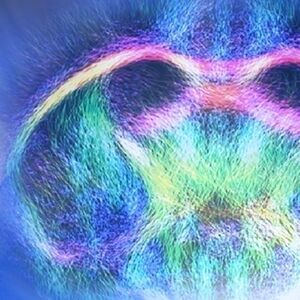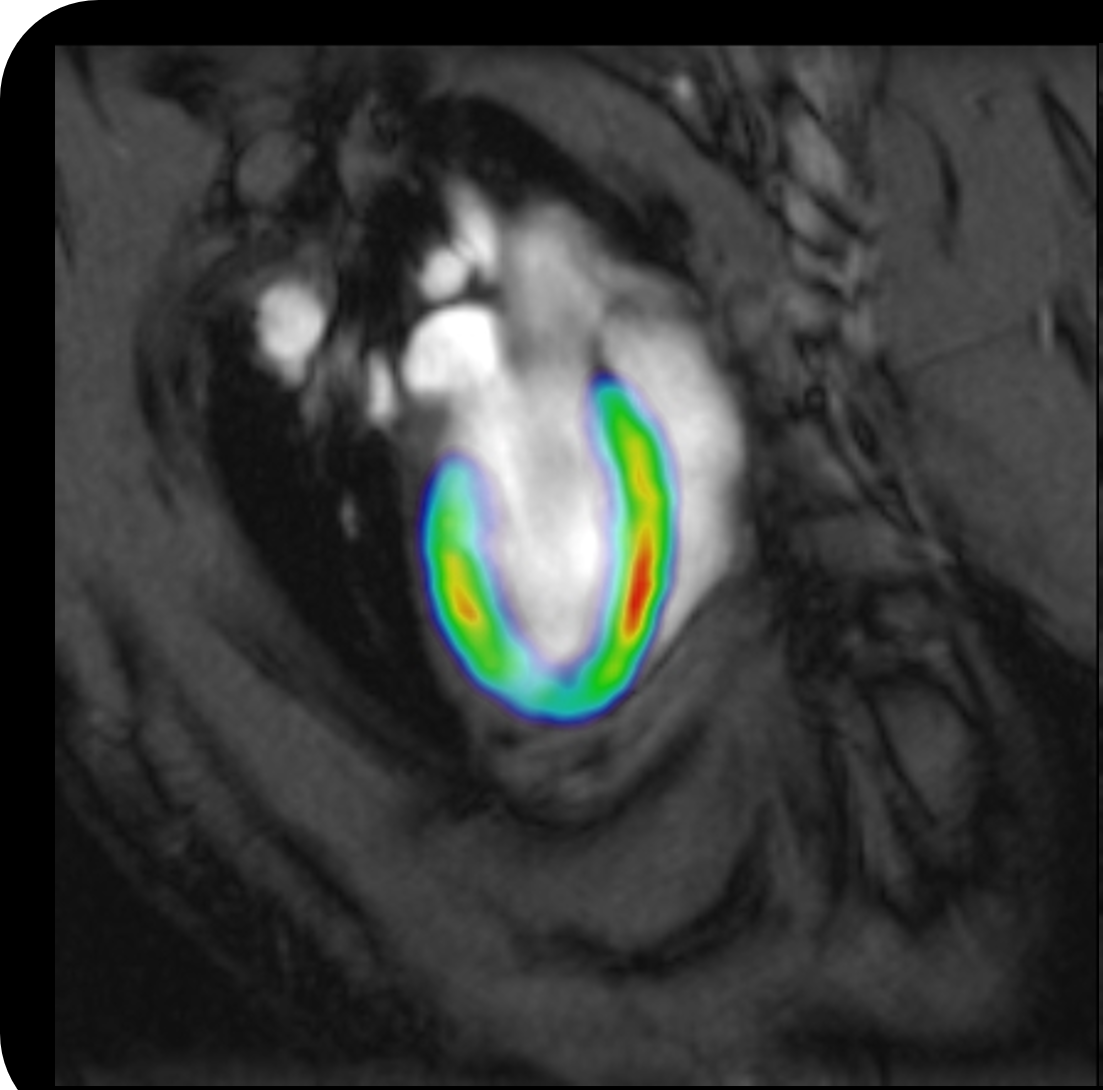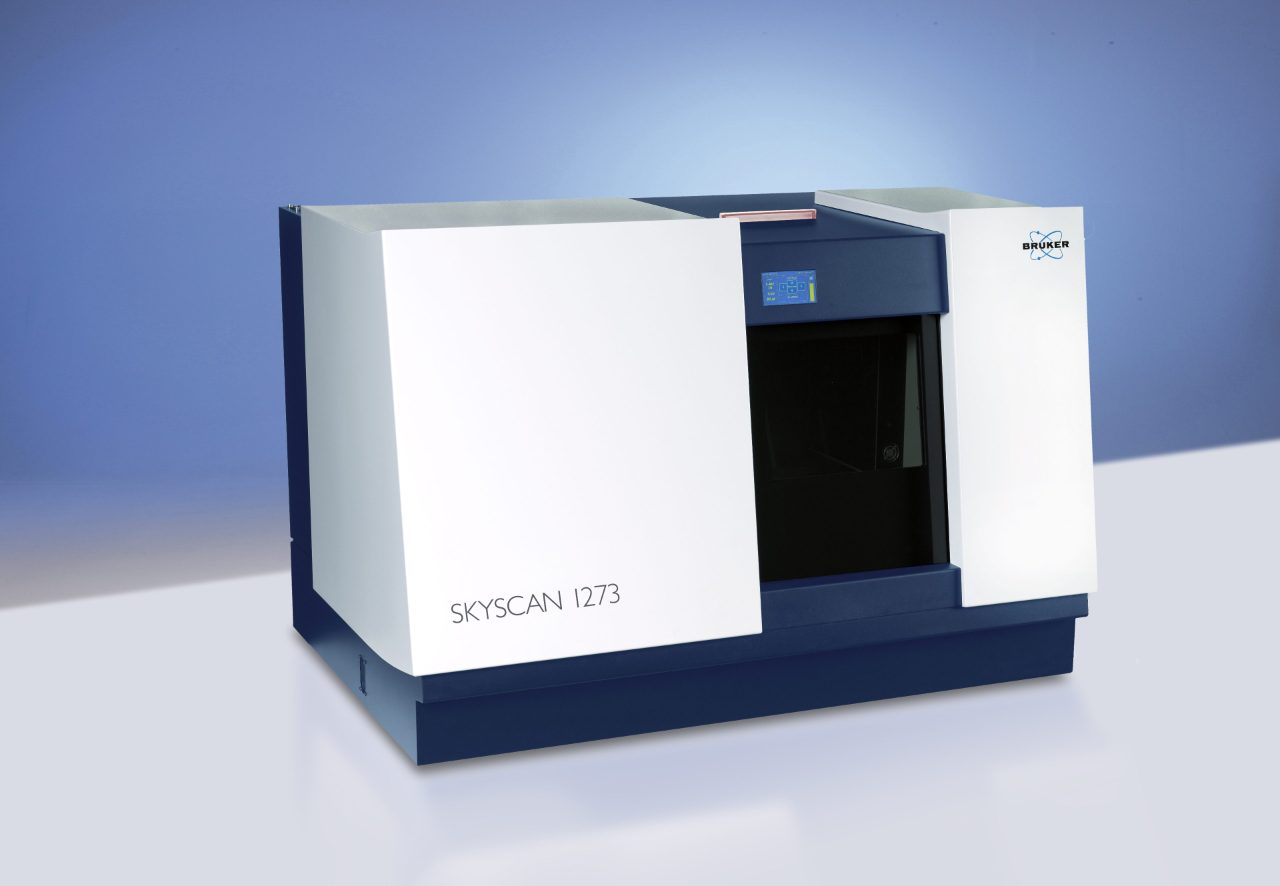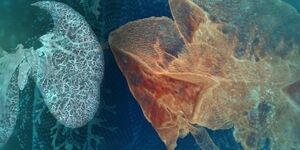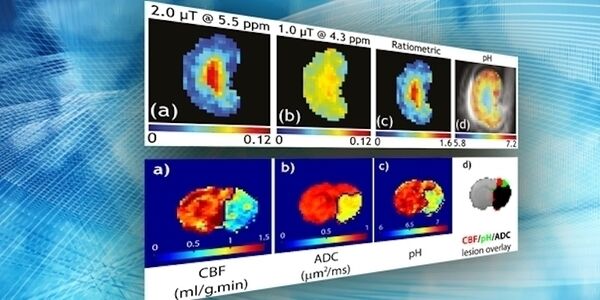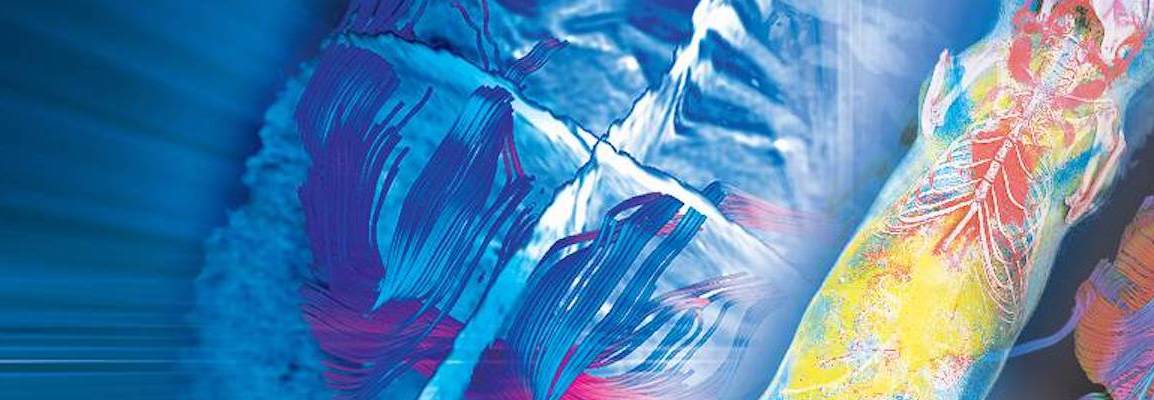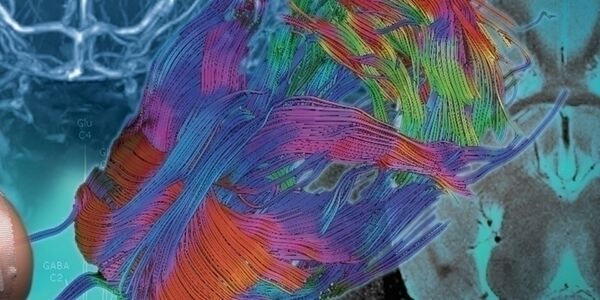Preclinical Imaging Drives Neuroscience
Improving knowledge of brain development, structure, and function
By enabling investigation of brain microstructure, vasculature, and activity and how these are affected by neurological and psychiatric disorder, advances in neuroimaging tools have allowed more and more complicated questions to be addressed. Preclinical animal imaging has proved particularly valuable, providing a high level of sensitivity and specificity as well as study designs not possible in clinical settings. The range of imaging methods available is almost as extensive as the number of biological questions to be addressed and both are continuously growing as they push each other with new applications demanding new methods and new methods opening new application avenues.
Preclinical Imaging Applications
Preclinical Imaging Webinars on-demand

